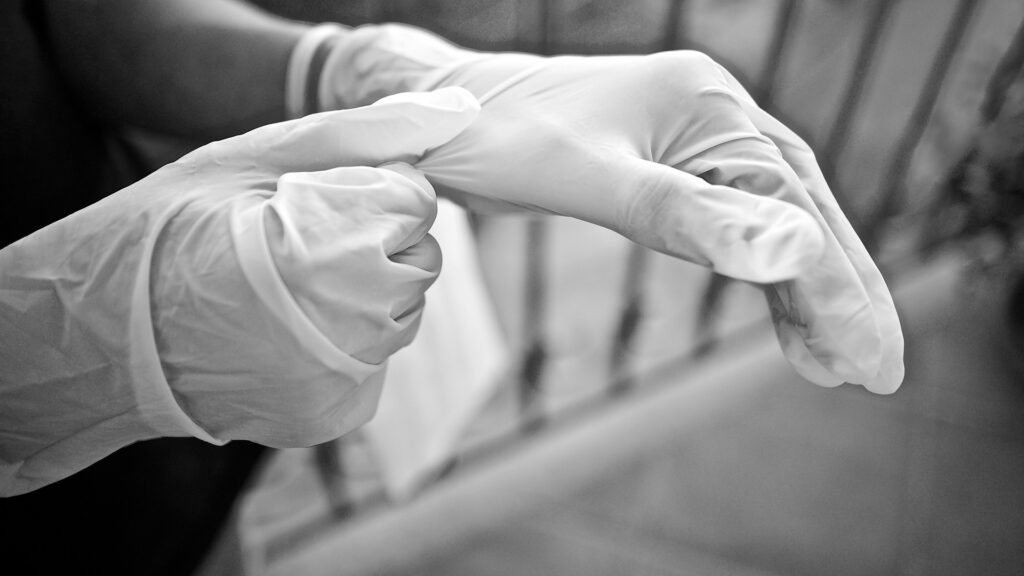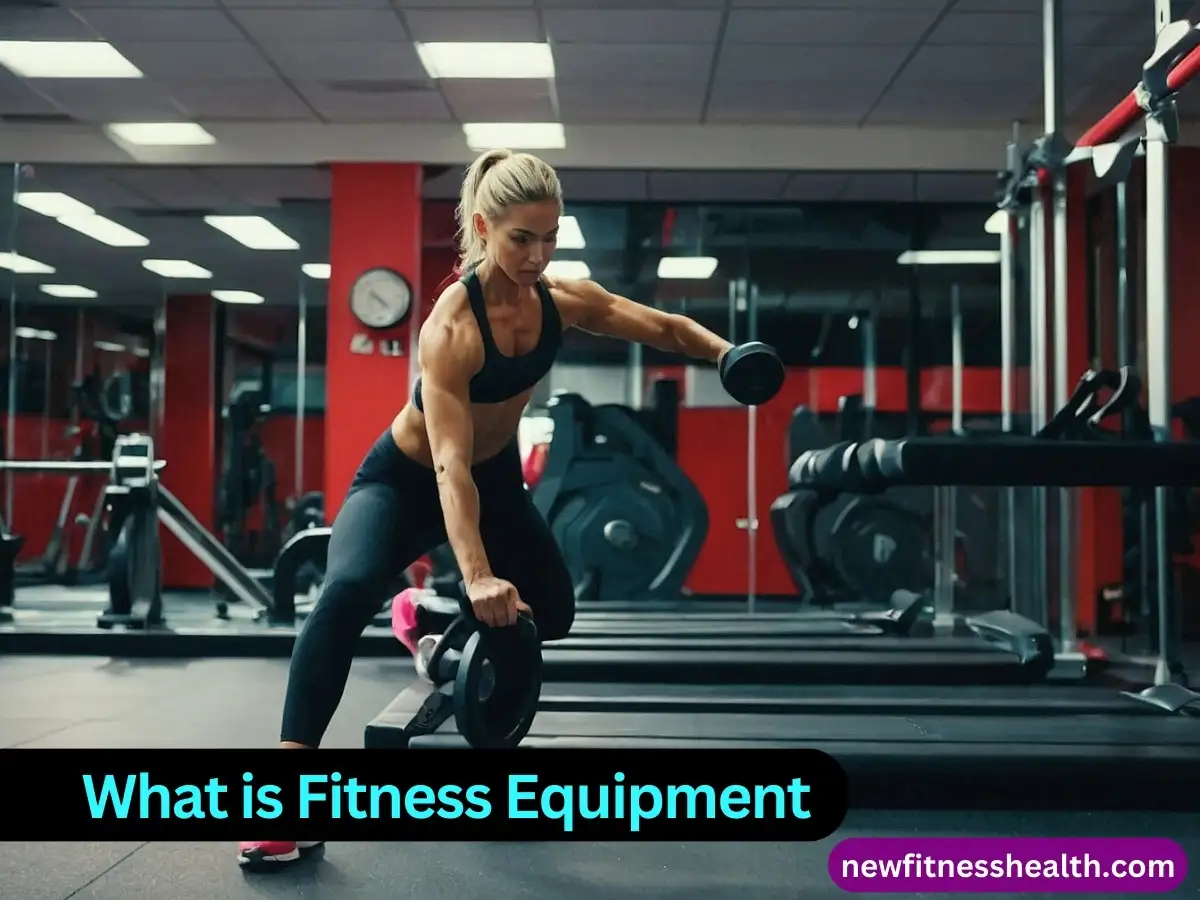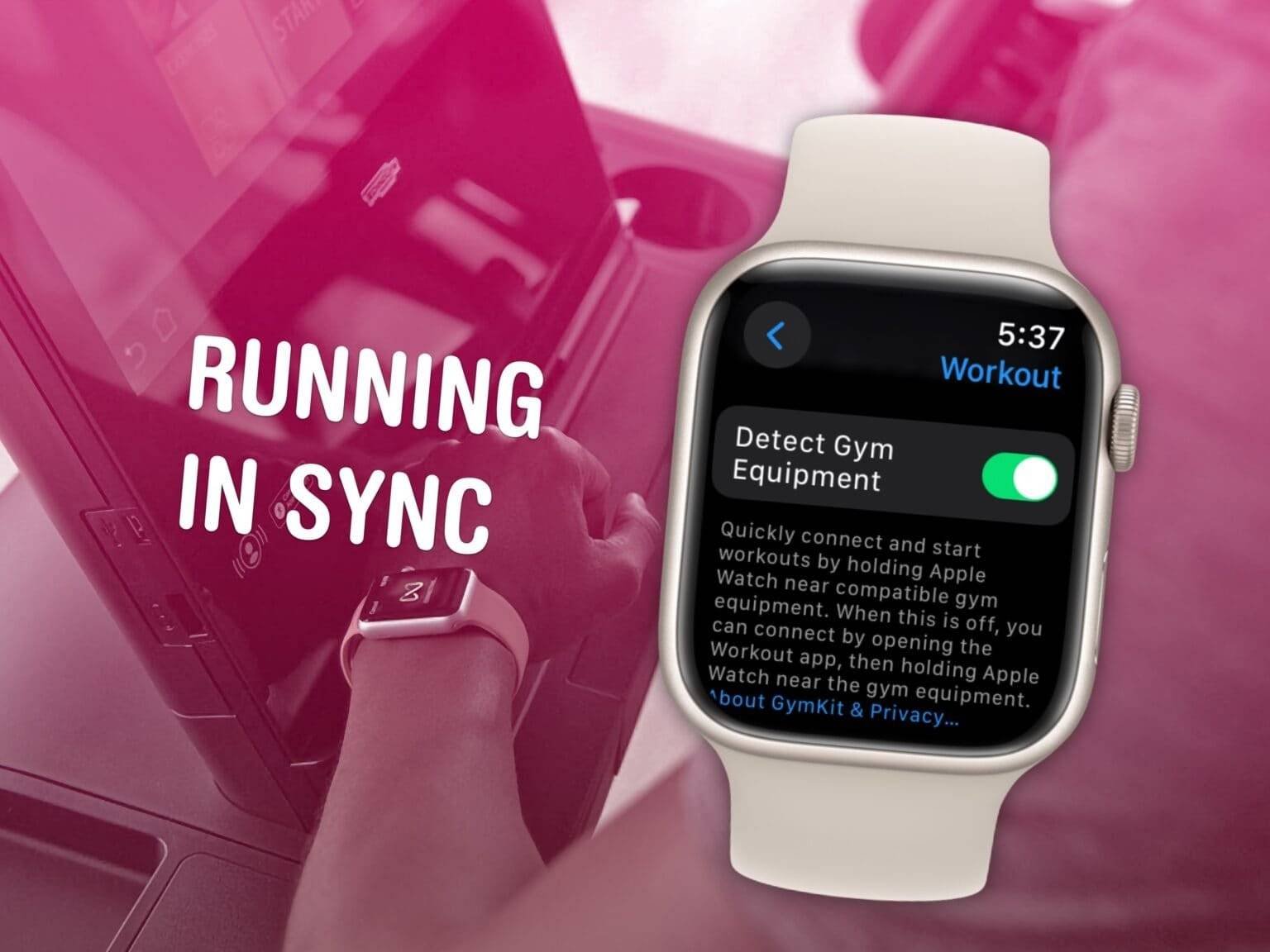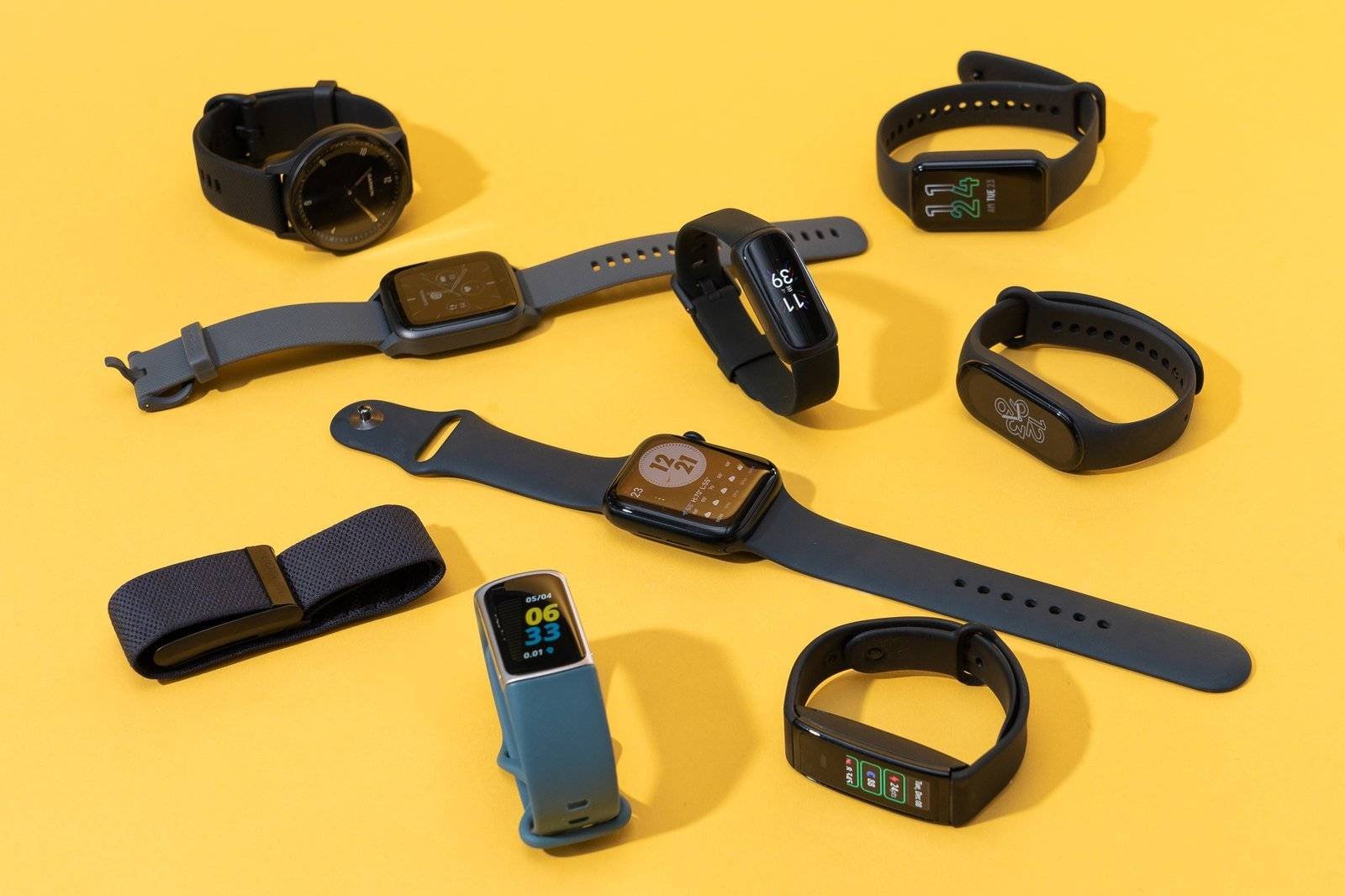Commercial fitness equipment should be cleaned daily. High-touch areas require multiple cleanings throughout the day.
Maintaining hygiene in a commercial gym is crucial for member satisfaction and safety. Cleaning fitness equipment regularly helps prevent the spread of germs and viruses. Daily cleaning is essential, especially for high-touch surfaces like handlebars and seats. This routine ensures a healthy environment and prolongs the lifespan of the equipment.
Proper cleaning protocols also enhance the overall gym experience, making it more appealing to members. A clean gym attracts more clients and retains existing ones. Implementing a strict cleaning schedule demonstrates a commitment to health and safety, building trust with gym-goers. Prioritize cleanliness to foster a positive reputation and a thriving fitness community.
Introduction To Fitness Equipment Hygiene
Fitness equipment hygiene is crucial. Clean gym machines keep users healthy. Dirty equipment can spread germs. Regular cleaning is a must.
The Importance Of Cleanliness
Cleanliness in gyms is vital. It creates a pleasant environment. Users feel comfortable and safe. Clean equipment lasts longer too.
Impact On User Health And Safety
Dirty equipment can cause infections. Germs spread easily on shared machines. Cleaning reduces health risks. It prevents the spread of bacteria and viruses.
| Cleaning Task | Frequency |
|---|---|
| Wiping Down Machines | After Each Use |
| Deep Cleaning | Weekly |
| Inspecting for Damage | Monthly |
- Use disinfectant wipes.
- Clean high-touch areas often.
- Ensure proper ventilation.
- Train staff on cleaning protocols.
- Provide cleaning supplies for users.
- Monitor cleanliness regularly.
Factors Determining Cleaning Frequency
Cleaning frequency of commercial fitness equipment is crucial for hygiene. Several factors determine how often you should clean the equipment. Understanding these factors helps in maintaining a clean and safe environment.
Equipment Usage Rates
The more frequently equipment is used, the more often it should be cleaned. High-traffic gyms require daily cleaning. Low-traffic gyms might need cleaning every few days. Consider peak hours and user numbers. More users mean more sweat and germs.
Types Of Equipment And Material
Different equipment types need different cleaning schedules. Cardio machines like treadmills and bikes need frequent cleaning. Strength machines and free weights also require regular attention. Equipment material also matters. Vinyl, leather, and metal need different cleaning products.
| Equipment Type | Recommended Cleaning Frequency |
|---|---|
| Cardio Machines | Daily |
| Strength Machines | Every 2-3 Days |
| Free Weights | Weekly |
High-use areas like handles and seats need extra attention. Always follow manufacturer guidelines for cleaning. Use appropriate disinfectants for each material type. Regular cleaning prolongs equipment life and keeps users safe.
Cleaning Protocols For Daily Maintenance
Commercial fitness equipment sees heavy use every day. Keeping it clean is crucial for hygiene and safety. Daily maintenance ensures that your gym stays welcoming and germ-free. This section explores the best practices for maintaining fitness equipment daily.
Surface Wiping Techniques
Regularly wiping surfaces is essential. Use a clean cloth or microfiber towel. Focus on high-touch areas like handles, seats, and screens. Wipe in a single direction to avoid spreading germs. Apply gentle pressure to remove sweat and grime.
Disinfectant Solutions To Use
Choose the right disinfectant for your gym equipment. Use EPA-approved disinfectants that kill viruses and bacteria. Avoid solutions with bleach, as they can damage surfaces. Opt for alcohol-based sprays or wipes with at least 70% alcohol.
Create a simple cleaning solution with water and mild soap. Use a 1:10 ratio of soap to water. Spray the solution on a cloth, not directly on the equipment. Wipe down surfaces thoroughly and let them air dry.
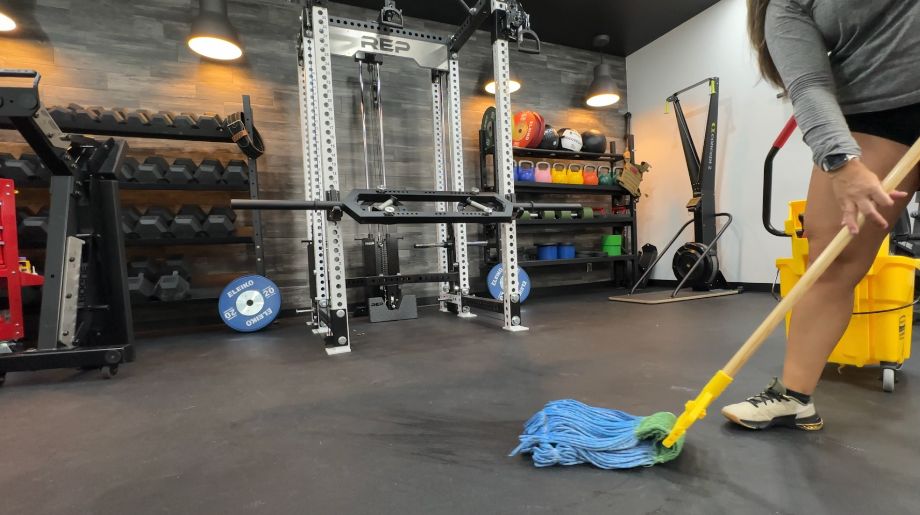
Credit: www.garagegymreviews.com
Weekly Deep-cleaning Strategies
Maintaining a clean fitness environment is crucial for health. Weekly deep-cleaning strategies ensure that commercial fitness equipment remains sanitary and safe. This helps in preventing the spread of germs and extends the life of the equipment.
Focusing On High-touch Areas
High-touch areas are spots that many people touch. These include handles, buttons, and screens. Use a disinfectant wipe to clean these areas.
- Handles on treadmills and ellipticals
- Weight machine grips
- Touchscreens and control panels
Clean these high-touch areas at least once a week. This reduces the risk of spreading germs.
Machine Disassembly And Sanitization
Disassemble parts of the equipment for a thorough cleaning. This includes removing and cleaning detachable parts.
- Remove seat covers and wash them.
- Take off removable grips and sanitize them.
- Clean under and around the equipment.
Sanitize each part thoroughly before reassembling the machine. This ensures every part is clean and safe for use.
| Equipment Part | Cleaning Method |
|---|---|
| Handles | Disinfectant wipe |
| Seats | Wash with soap and water |
| Touchscreens | Electronic-safe cleaner |
Regular deep-cleaning strategies keep fitness equipment in top shape. This creates a healthier and more enjoyable workout environment.
Monthly Checkups And Maintenance
Regular maintenance of commercial fitness equipment is crucial for safety and longevity. Monthly checkups and maintenance ensure equipment stays in top condition. This section will discuss the important tasks for monthly upkeep.
Inspection For Wear And Tear
Every month, inspect all equipment for wear and tear. Look for signs of damage, such as frayed cables or cracked frames. Check the bolts and screws to ensure they are tight. Loose parts can cause accidents and reduce the lifespan of the equipment.
- Check for frayed cables
- Inspect for cracked frames
- Tighten bolts and screws
Thorough Cleaning Of Less Accessible Parts
Monthly cleaning should include parts that are hard to reach. Dust and dirt can build up in these areas, affecting performance. Use a small brush or compressed air to clean out crevices. Wipe down all surfaces with a disinfectant to kill germs.
| Area | Cleaning Tool |
|---|---|
| Crevices | Small brush |
| Surface areas | Disinfectant wipes |
| Underneath equipment | Compressed air |
Regular monthly maintenance keeps your commercial fitness equipment safe and efficient. It ensures a better experience for users and prolongs the lifespan of your investment.
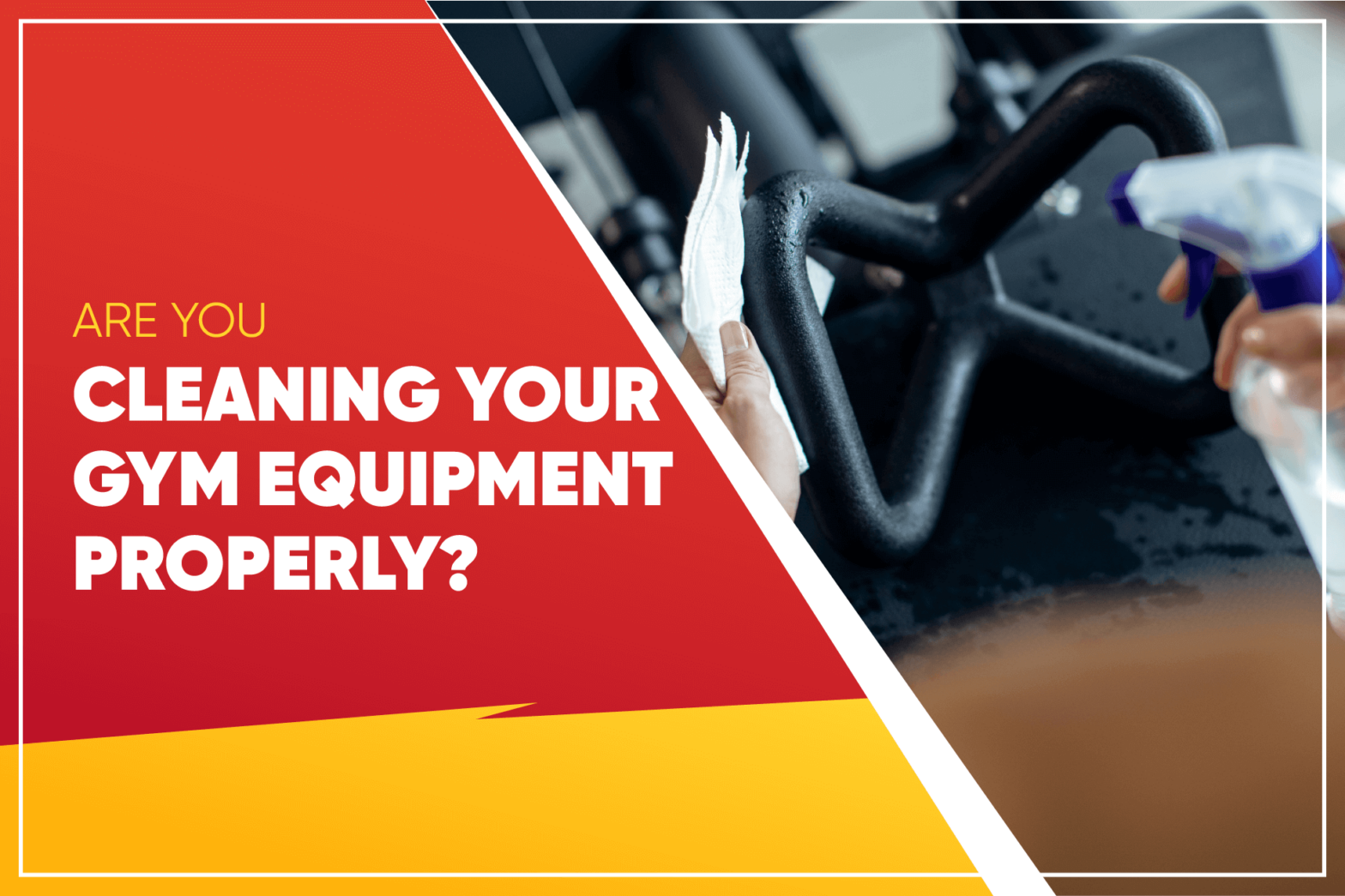
Credit: gymdesk.com
Seasonal And Annual Equipment Overhauls
Regular cleaning keeps fitness equipment in top condition. But more intensive care is also needed. Seasonal and annual overhauls are crucial for longevity. This ensures safety and performance. These overhauls involve detailed tasks. Here’s what you need to know.
Complete Disassembly And Cleaning
Seasonal and annual overhauls start with a complete disassembly. This allows deep cleaning of each part. Dust and sweat accumulate in hidden areas. Use mild detergent and water for cleaning. Make sure all parts are dried completely.
Reassemble the equipment carefully. Check for any missed spots. This detailed process keeps the equipment fresh and hygienic. Regular deep cleaning prevents bacteria build-up.
Replacement Of Parts And Upholstery
During overhauls, inspect all parts closely. Look for wear and tear. Replace worn-out parts to ensure safety. Common parts needing replacement include:
- Belts
- Cables
- Handles
- Pedals
Upholstery also needs attention. Replace torn or frayed fabric. Clean upholstery with suitable cleaners. This maintains a professional look. It also enhances user comfort.
Document all replacements. Keeping track helps in future maintenance. A well-documented history is useful for troubleshooting.
| Task | Frequency |
|---|---|
| Complete disassembly and cleaning | Every 6 months |
| Inspection and replacement of parts | Annually |
| Upholstery cleaning and replacement | Annually |
Managing Cleaning Records And Schedules
Keeping your commercial fitness equipment clean ensures it lasts longer. It also keeps your clients happy and healthy. Managing cleaning records and schedules is key to this. By keeping track, you can ensure every piece of equipment is cleaned regularly. This avoids any missed cleanings and helps maintain a high standard of cleanliness.
Logbook Keeping
A logbook is a simple and effective way to manage cleaning records. It allows you to track each cleaning session. You can note who cleaned the equipment and at what time. This can be done using a physical notebook or a spreadsheet.
Here is a basic table you can use for your logbook:
| Equipment | Date | Time | Cleaned By |
|---|---|---|---|
| Treadmill | 2023-10-01 | 10:00 AM | John Doe |
| Elliptical | 2023-10-01 | 10:30 AM | Jane Smith |
Regularly update the logbook after each cleaning session. Ensure staff members are diligent about logging their activities. This creates a reliable record of all cleaning tasks.
Using Digital Tools For Scheduling
Digital tools can simplify your cleaning schedules. They can remind staff when it’s time to clean. Apps like Google Calendar or dedicated facility management software can be very useful. These tools offer several benefits:
- Automatic reminders and notifications
- Easy access and updates from any device
- Centralized records for all staff to see
Here is a simple way to set up a digital schedule:
- Create a shared calendar for your fitness center.
- Add recurring events for cleaning tasks.
- Assign staff to each task and set reminders.
Digital tools can help ensure no cleaning session is missed. This keeps your facility clean and safe for everyone.

Credit: www.instagram.com
Educating Gym Staff And Patrons
Educating Gym Staff and Patrons is crucial for maintaining a clean and safe gym environment. It ensures that everyone knows their role in keeping the equipment spotless. Training staff and encouraging patrons to take responsibility can make a big difference.
Training For Proper Cleaning Techniques
Proper training for gym staff is essential. Staff should learn how to clean each type of equipment correctly. They should also know the frequency of cleaning required for different equipment.
Here is a table summarizing the cleaning frequency for various gym equipment:
| Equipment | Frequency |
|---|---|
| Treadmills | Daily |
| Weights | After Each Use |
| Yoga Mats | After Each Use |
| Stationary Bikes | Daily |
Using the right cleaning products is also important. Staff should use disinfectants that are safe for the equipment. They should also wear gloves while cleaning.
Encouraging User Responsibility
Encouraging patrons to clean equipment after use helps maintain hygiene. Gyms can place cleaning stations with wipes and sprays around the facility. Easy access makes it more likely that users will clean up.
Displaying signs and reminders can also be effective. Clear instructions should be visible on how to clean each type of equipment. This can include:
- Wiping down weights and benches
- Spraying and wiping yoga mats
- Cleaning handles and seats of bikes
Gyms can also conduct brief orientations for new members. These sessions can cover the importance of cleaning and how to do it correctly.
By educating both staff and patrons, gyms can ensure a cleaner, healthier environment for everyone.
Choosing The Right Cleaning Supplies
Cleaning commercial fitness equipment is essential. It ensures safety and hygiene for all users. But, selecting the right cleaning supplies can be tricky. The wrong products can damage equipment or cause harm. Here are some tips for choosing the best cleaning supplies.
Eco-friendly Options
Opt for eco-friendly cleaning supplies. They are good for the environment and safe for users. Look for products with natural ingredients. Avoid harsh chemicals. They can damage the equipment and harm the skin. Here are some eco-friendly options:
- Vinegar and water solution
- Baking soda paste
- Lemon juice cleaner
Cost-effective Cleaning Solutions
Maintaining a budget is crucial for any business. Cost-effective cleaning solutions can save money without compromising cleanliness. Here are some budget-friendly options:
- Use multi-purpose cleaners. They can clean multiple surfaces.
- Buy cleaning supplies in bulk. This reduces costs per unit.
- Consider homemade cleaners. They are often cheaper and effective.
| Cleaning Supply | Price Range | Effectiveness |
|---|---|---|
| Vinegar | $1 – $3 | High |
| Baking Soda | $1 – $2 | High |
| Multi-purpose Cleaner | $5 – $10 | High |
Choosing the right cleaning supplies is key. It ensures the longevity of your fitness equipment and the safety of your users.
Regulatory Guidelines And Standards
Keeping commercial fitness equipment clean is crucial. Following regulatory guidelines and standards ensures the safety and health of gym users. These rules help maintain a hygienic environment and prevent the spread of diseases. This section focuses on the standards you should follow.
Health Department Regulations
Health departments set rules for cleaning fitness equipment. These rules help gyms maintain cleanliness and protect users. The main regulations include:
- Daily cleaning of high-touch surfaces
- Weekly deep cleaning of all equipment
- Immediate cleaning of equipment after each use
Failure to follow these rules can lead to fines. It can also result in temporary closure of the facility. Regular inspections ensure compliance with these regulations.
Industry Best Practices
Aside from health department rules, follow industry best practices. These practices help gyms stay ahead in maintaining cleanliness. Key best practices include:
- Using hospital-grade disinfectants
- Training staff on proper cleaning techniques
- Posting visible cleaning schedules for accountability
Implementing these practices ensures a safe workout environment. It also boosts customer trust and satisfaction. Regular cleaning keeps equipment in good condition and extends its lifespan.
Frequently Asked Questions
How Often Should Gym Equipment Be Cleaned?
Gym equipment should be cleaned after each use. Deep cleaning should be done weekly to maintain hygiene and safety.
How Often Should Gym Equipment Be Inspected?
Gym equipment should be inspected monthly for safety and functionality. Regular checks help prevent accidents and ensure longevity.
How Do You Clean Commercial Gym Equipment?
To clean commercial gym equipment, use a disinfectant spray and cloth. Wipe down surfaces thoroughly. Clean high-touch areas frequently. Ensure equipment is dry before use. Regular cleaning prevents bacteria buildup and maintains hygiene.
How Long Should Commercial Gym Equipment Last?
Commercial gym equipment typically lasts 7-10 years with proper maintenance. Regular upkeep extends its lifespan and ensures safety.
How Often Should Gym Equipment Be Sanitized?
Gym equipment should be sanitized daily to prevent the spread of germs and maintain hygiene.
Conclusion
Regular cleaning of commercial fitness equipment is crucial. It ensures a safe and hygienic environment for users. Clean equipment also extends the lifespan of your investment. Aim for daily cleaning and weekly deep cleaning. This routine helps maintain equipment efficiency and user satisfaction.
Keep your gym spotless and your clients happy.

